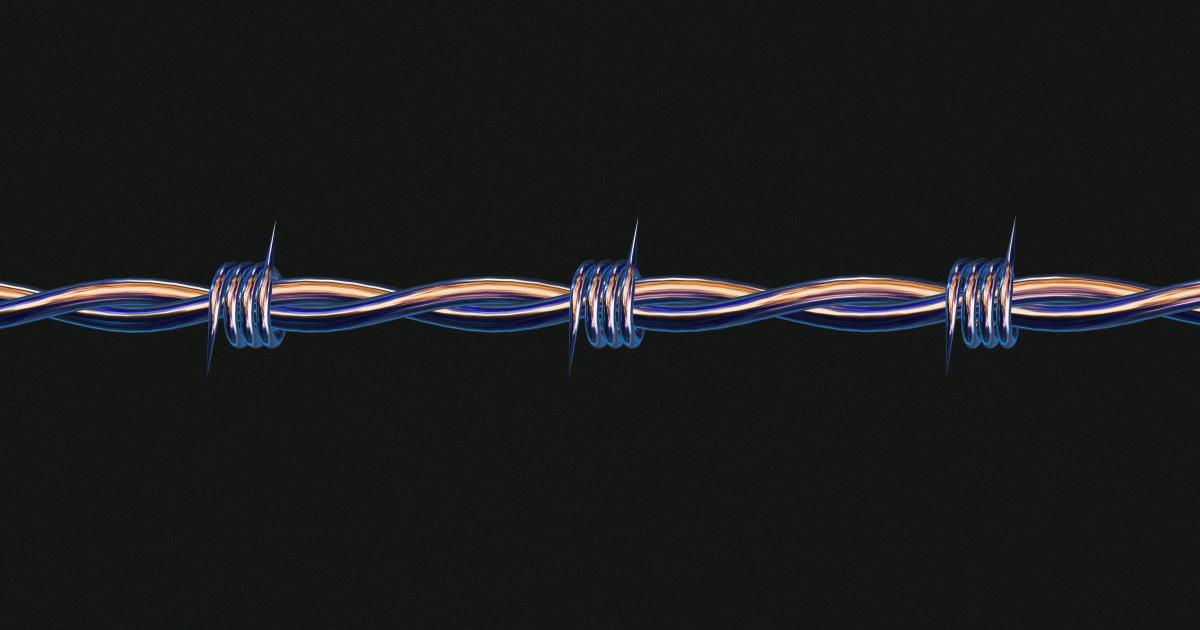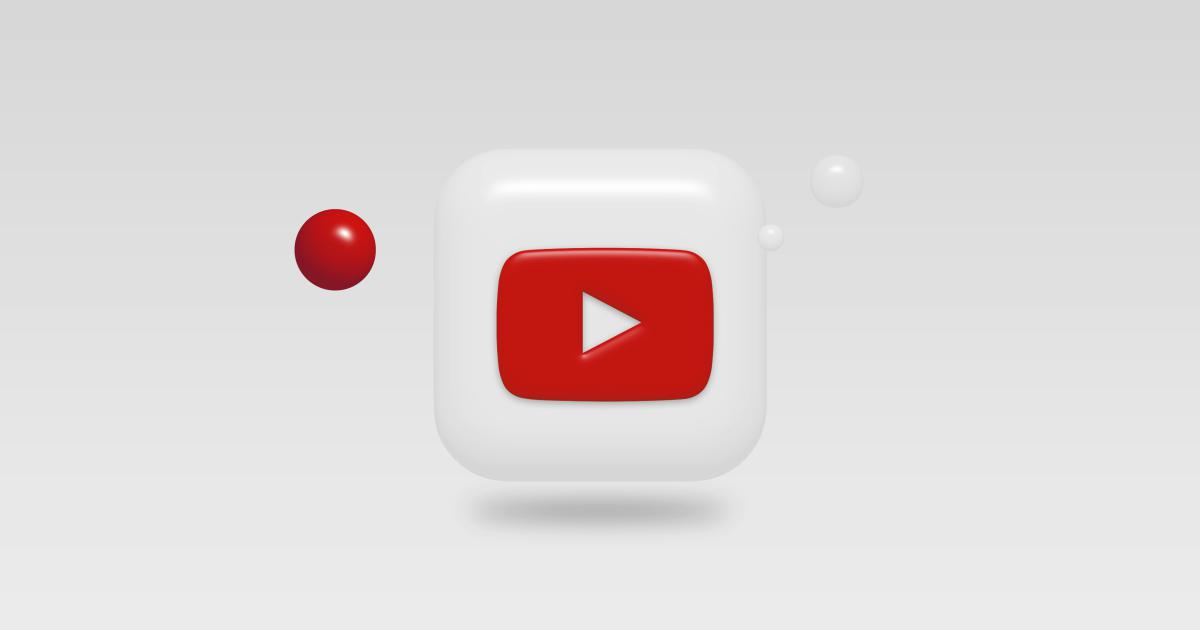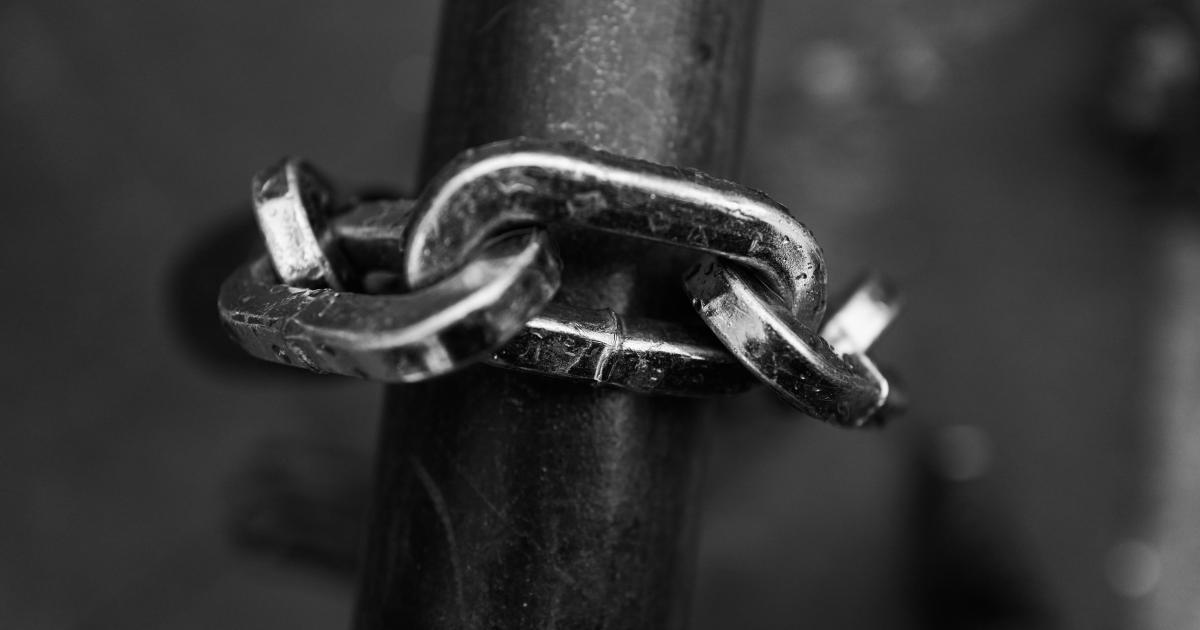3 in 5 Businesses Miss Out on Link Reclamation Strategies


The Untapped Potential of Link Reclamation
In the digital age, where online presence is paramount, businesses often overlook a crucial aspect of their marketing strategy - link reclamation. While many focus on building new backlinks, a significant portion of companies, as high as 3 in 5, fail to capitalize on the opportunities presented by reclaiming lost or broken links.
Link reclamation is the process of identifying and recovering links that are no longer active or pointing to your website. These could be links that have been removed, changed, or broken over time, leaving behind a trail of lost opportunities for increased visibility, traffic, and search engine optimization (SEO) benefits.

The Importance of Link Reclamation
In the world of SEO, backlinks are the backbone of a successful online presence. They act as endorsements, signaling to search engines that your content is valuable and worthy of ranking. The more high-quality backlinks your website has, the more authority it gains in the eyes of search engines, leading to improved search engine rankings and increased visibility for your business.
However, as websites and content evolve, links can become outdated, broken, or lost entirely. This can have a detrimental impact on your SEO efforts, as search engines view broken or missing links as a negative signal, potentially resulting in a decrease in your website's rankings.
By implementing effective link reclamation strategies, businesses can not only recover these lost opportunities but also leverage them to their advantage, boosting their online presence and driving more targeted traffic to their website.
Uncovering the Hidden Opportunities
Identifying Broken and Lost Links
The first step in a comprehensive link reclamation strategy is to identify the broken and lost links pointing to your website. There are several tools and techniques you can use to accomplish this:

Backlink Analysis: Utilize tools like Ahrefs, Moz, or Google Search Console to conduct a thorough backlink analysis of your website. These tools will provide you with a comprehensive list of all the backlinks pointing to your site, including those that are broken or no longer active.
Crawling and Monitoring: Implement a website crawling tool, such as Screaming Frog or DeepCrawl, to regularly scan your website and identify any broken internal or external links. This can help you stay on top of link issues and address them proactively.
Social Media Monitoring: Keep an eye on your social media profiles and mentions, as people may share links to your content that eventually become broken or outdated. Tools like Mention or Brand24 can help you track and monitor these mentions.
Competitor Research: Analyze the backlink profiles of your competitors to uncover potential linking opportunities that you may have missed. This can give you insights into industry-relevant websites and potential partners you can reach out to for link reclamation.
Understanding Link Value
Once you have identified the broken and lost links, it's essential to assess their value and prioritize your reclamation efforts accordingly. Consider the following factors when evaluating the potential impact of a lost link:

Domain Authority: The domain authority of the website that previously linked to you is a crucial factor. Higher-authority domains, such as industry-leading publications or reputable websites, tend to carry more weight and can provide more significant SEO benefits when reclaimed.
Relevance: The relevance of the linking website to your business or industry is also important. Links from websites that are closely aligned with your niche are generally more valuable than those from unrelated sites.
Anchor Text: The anchor text used in the previous link can influence its value. Descriptive, keyword-rich anchor text can be particularly beneficial for your SEO efforts.
Link Placement: The placement of the link within the content can also play a role. Links within the body of an article or blog post are generally more valuable than those in the sidebar or footer.
Link Type: Distinguishing between dofollow and nofollow links is important, as dofollow links are more valuable for SEO purposes.
By prioritizing the reclamation of high-value, relevant links, you can maximize the impact of your link reclamation efforts and drive better results for your business.
Implementing Effective Link Reclamation Strategies
Recovering Broken Links
Once you have identified the broken and lost links, the next step is to take action and recover them. Here are some effective strategies for reclaiming broken links:

Outreach and Relationship Building: Reach out to the website owners who previously linked to your content and politely request that they update the broken link. Emphasize the value of your content and the benefits of maintaining an active, relevant link.
Content Updating and Republishing: If the original content that was linked to is still relevant, consider updating it and republishing it. This can provide a valid reason for the website owner to restore the link, as the content has been refreshed and improved.
Link Redirects: If the content that was previously linked to is no longer available, you can set up a 301 redirect to point the broken link to a relevant, up-to-date page on your website. This preserves the link equity and ensures that users and search engines are directed to the correct resource.
Outbound Link Removal: In some cases, the website owner may be unwilling or unable to update the broken link. In these instances, you can request that the link be removed entirely, preventing further damage to your SEO efforts.
Reclaiming Lost Links
In addition to recovering broken links, you can also focus on reclaiming lost links that have been removed or changed over time. Here are some strategies to help you with this process:

Content Audit and Optimization: Review your website's content and identify any high-performing pages or articles that may have previously attracted backlinks. Optimize this content by updating it, improving its quality, and ensuring it remains relevant and valuable to your audience.
Outreach and Relationship Building: Reach out to the website owners who have removed or changed their links to your content. Explain the value of your updated or improved content and politely request that they reinstate the link.
Guest Posting and Contributor Opportunities: Actively seek out guest posting or contributor opportunities on industry-relevant websites. This can help you secure new, high-quality backlinks and potentially reclaim any lost links from previous collaborations.
Link Reclamation Campaigns: Develop targeted link reclamation campaigns that focus on specific types of lost links, such as those from industry directories, citation sites, or media mentions. This approach can help you systematically recover these valuable backlinks.
Influencer and Partner Outreach: Identify industry influencers, thought leaders, or business partners who have previously linked to your content. Reach out to them and explore opportunities to reestablish those lost links or create new ones.
Maintaining a Healthy Link Profile
Link reclamation is an ongoing process, and it's essential to implement strategies to maintain a healthy link profile over time. Here are some best practices to consider:

Continuous Monitoring: Regularly monitor your website's backlink profile using tools like Ahrefs, Moz, or Google Search Console. This will help you stay ahead of any link-related issues and address them proactively.
Broken Link Identification and Correction: Implement website crawling tools to identify and address broken internal and external links on your website. Promptly fix any broken links to maintain a clean, high-performing online presence.
Content Refreshment and Repurposing: Continuously review and update your website's content to ensure it remains relevant, valuable, and attractive to potential linkers. This can help you retain existing backlinks and attract new ones over time.
Proactive Link Building: Complement your link reclamation efforts with a proactive link-building strategy. This can involve techniques like guest posting, resource page outreach, and digital PR to acquire new, high-quality backlinks.
Disavow Harmful Links: If your website has been targeted by spammy or low-quality backlinks, consider using Google's disavow tool to remove these links from your profile. This can help protect your website's reputation and prevent any negative impact on your SEO.
By implementing these comprehensive link reclamation strategies, businesses can unlock the hidden potential of their online presence and drive significant improvements in their search engine rankings, website traffic, and overall digital success.
The Bottom Line
In the competitive landscape of digital marketing, link reclamation is a game-changer that far too many businesses are overlooking. By identifying and recovering lost or broken links, companies can not only regain the SEO benefits they've been missing out on but also position themselves for long-term success in the ever-evolving world of online visibility and search engine optimization.
Don't let your business be one of the 3 in 5 that miss out on the untapped potential of link reclamation. Start taking action today and watch as your online presence, search engine rankings, and overall digital performance soar to new heights.